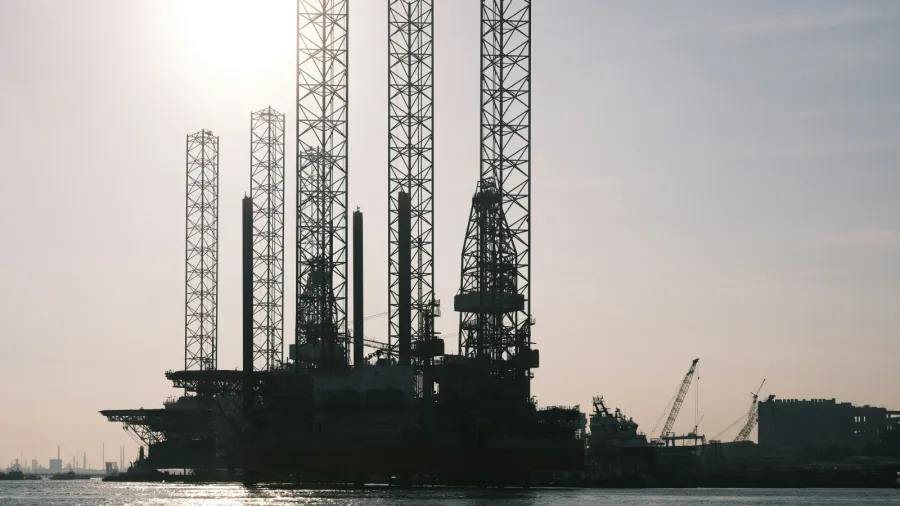
Fossil fuels to supply over 75% of global energy by 2030
This reliance will drive emissions higher, primarily from hydrocarbon extraction and gas flaring.
Energy demand is expected to exceed 650 exajoules (EJ) in the near future, with fossil fuels projected to supply over 75% of this demand by 2030, according to Rystad Energy.
“Despite the accelerating energy transition, oil and gas will remain central to the global energy mix for the foreseeable future as the key hydrocarbon sources continue to satisfy global primary energy demand, the report said.
This reliance will drive emissions higher, primarily from hydrocarbon extraction and gas flaring, it added.
Hydrocarbon extraction is anticipated to contribute more than 800 million tonnes of carbon dioxide equivalent (CO2e) annually, with total emissions from these activities reaching about 1.1 billion tonnes CO2e. This highlights the urgent need for oil and gas companies to adopt more sustainable practices and cut their Scope 1 and Scope 2 emissions.
Premium Energy Basins (PEBs), identified by Rystad Energy, are critical for managing these emissions. The Central Arabian and Rub Al Khali basins in the Middle East are leading examples. They are not only rich in hydrocarbon reserves but also present significant opportunities for integrating low-carbon energy solutions. These basins also excel in renewable energy potential, with over 6.2 gigawatts of solar capacity installed or planned.
Since 2015, these Middle Eastern basins have each made around 20 billion barrels of oil equivalent (boe) in new discoveries.
The Rub Al Khali, US Gulf Deepwater, and Central Arabian basins have seen the highest greenfield investments, totaling $638b, with lower development costs compared to other regions. The US Gulf Deepwater Basin, with smaller resource sizes, faces higher development costs.
Additionally, PEBs offer substantial potential for carbon storage, particularly in aging or abandoned oil and gas fields. The US Gulf Deepwater Basin stands out with a CO2 storage capacity of 750 gigatonnes in saline aquifers.
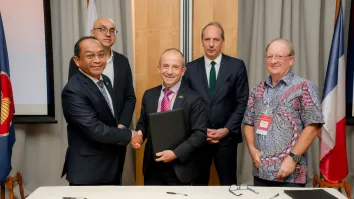

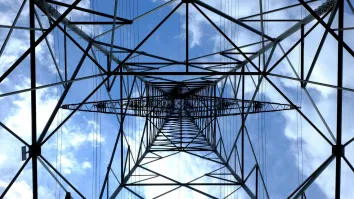

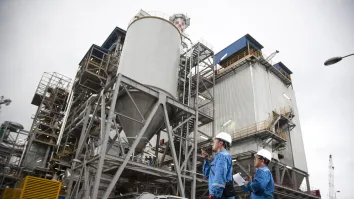
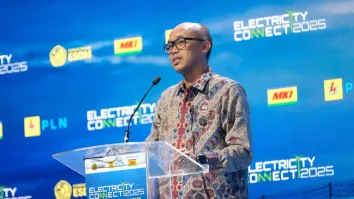



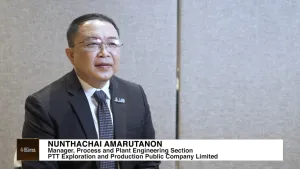
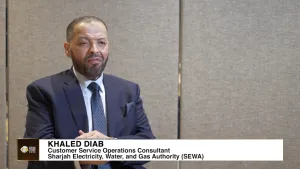

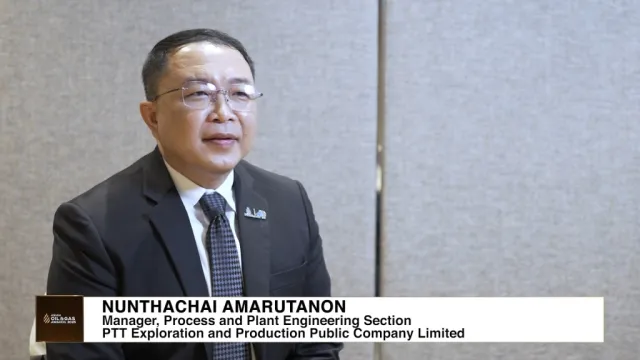

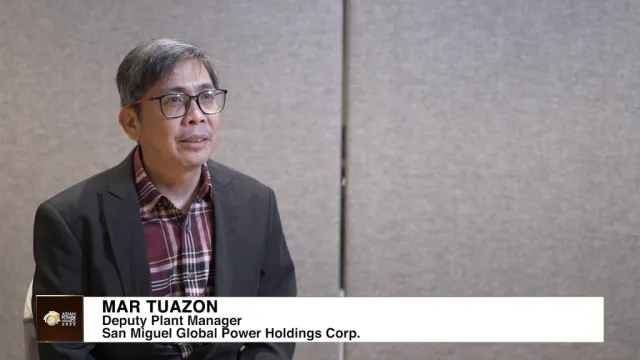
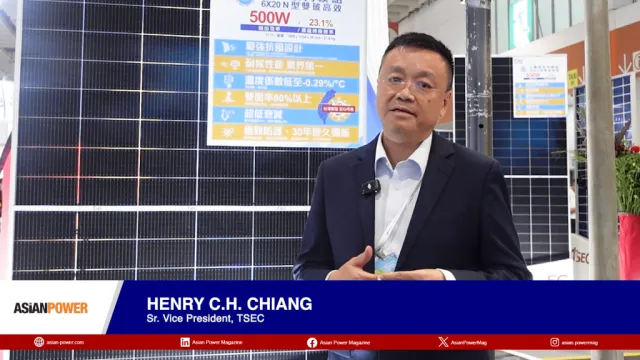

 Advertise
Advertise







